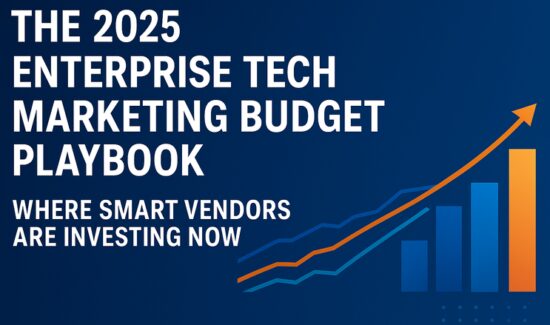6 Key Steps to Implementing Your New Marketing Automation Solution

So you’ve decided to make the jump to a new vendor for your marketing Automation needs. Or maybe you’re looking to transition from a legacy marketing strategy and get into your very first automated solution. Either way, this can seem like a big undertaking. There’s a lot that goes into any operations change at a business, but there’s no need to worry. If you make the right moves, your transition to a new solution can be virtually seamless.
Assess and Purchase
Before the transition even begins you’re going to want to take a moment and consider what you want out of this new solution. Do you want expansive lead segmentation/scoring options? Or is a strong email campaign management more your speed? What about a system with heavy CRM focus? There’s a lot of vendors out there and a lot of options to find what’s best for your business. We recently published an in-depth guide walking you through this step, which is a process in and of itself. The article breaks down each factor you should consider before even purchasing your software to begin with. Our buyer’s guide also charts out a comprehensive list of vendors for those in the buying cycle. Once you’ve made your decision, then you can start the transition in earnest.
Record Everything
Probably the most important thing on this list. If you’re working with a legacy marketing strategy and are moving to automation, you want to have backups for your backups. Anyone familiar with Murphy’s Law should be able to attest to the fact that for all its conveniences, technology will backfire at the worst times. You don’t want everything you’ve worked on for the last year to be lost in the shuffle of moving to the new system. Back it all up: your contact lists, your lead databases, your emails, your content, your workflows, all of it. You’ll thank yourself later. And for extra-safe-keeping, keep your old system online until you’ve officially finished the moving process.
Export Relevant Data
Now that you’re safe from any possible data-related catastrophes, you can begin the data migration process. This could take a while if there is a high volume of data being transmitted. Ideally, you’ll have purchased a solution that can intake the older data you are trying to import, so most of what you have should be able to make the transition. But that brings us to the next step.
Rebuild
Despite your best efforts, things will get lost in the shuffle. Whether data exported from the old system is incompatible with your new solution, if there was a corruption, or anything in between, not everything will make it over to the new solution. At this point you’ll want to manually input that which was lost via your backups. This is a great opportunity to start getting familiar with the new tool’s building capabilities. Try creating new landing pages and email templates with the capabilities provided. Eventually, you’ll want to rebuild, or at least re-tool all your assets in this new solution to keep them consistent within the new platform. Diving right into the creation tools is the best way to keep everything consistent.
Test and Train
With everything set up, it’s time to take the new solution on some dry runs. Work out the bugs in the system and see where improvements can be made. Work with the vendors to troubleshoot quickly; most dispatch a representative to help you with the transition and testing. After you become the proud owner of a new and fully operational marketing solution, you can go ahead and take your old system offline and begin the task of training your personnel on the ins and outs of the new solution.
Maintenance and Goal-setting
Once the automated solution is fully in place, you should assess the issue of future maintenance. Though it’s automated, it will require some occasional upkeep, and the vendor representative will fill you in on the finer details about how to care for your solution. At the same time, your teams should be meeting to reassess goals. With a new marketing automation tool, your team’s work dynamic will be shifted and it may or may not be appropriate to set more aggressive strategies to meet higher targets.





















